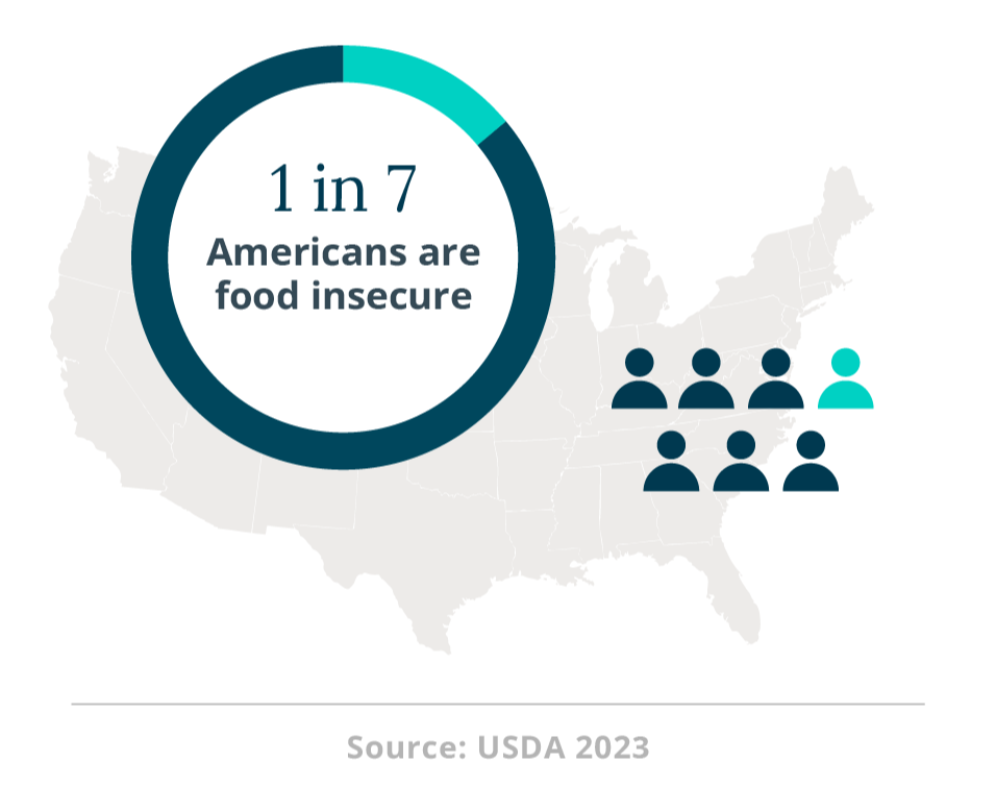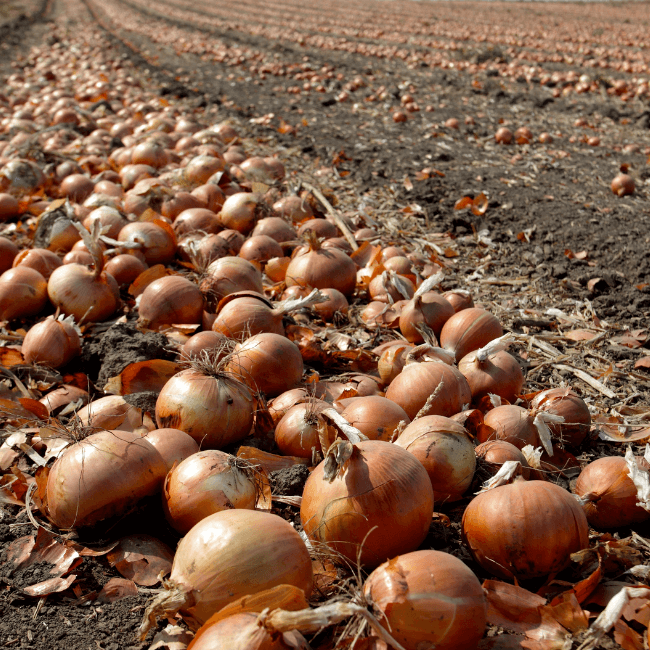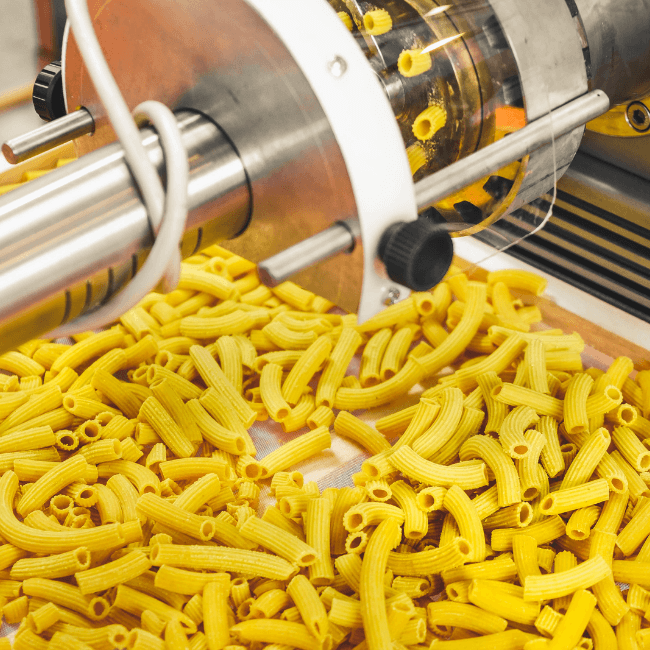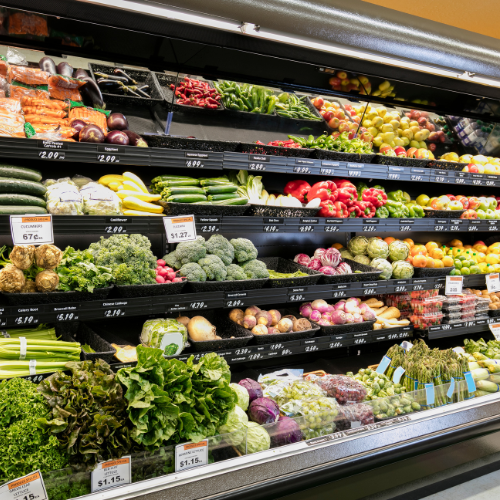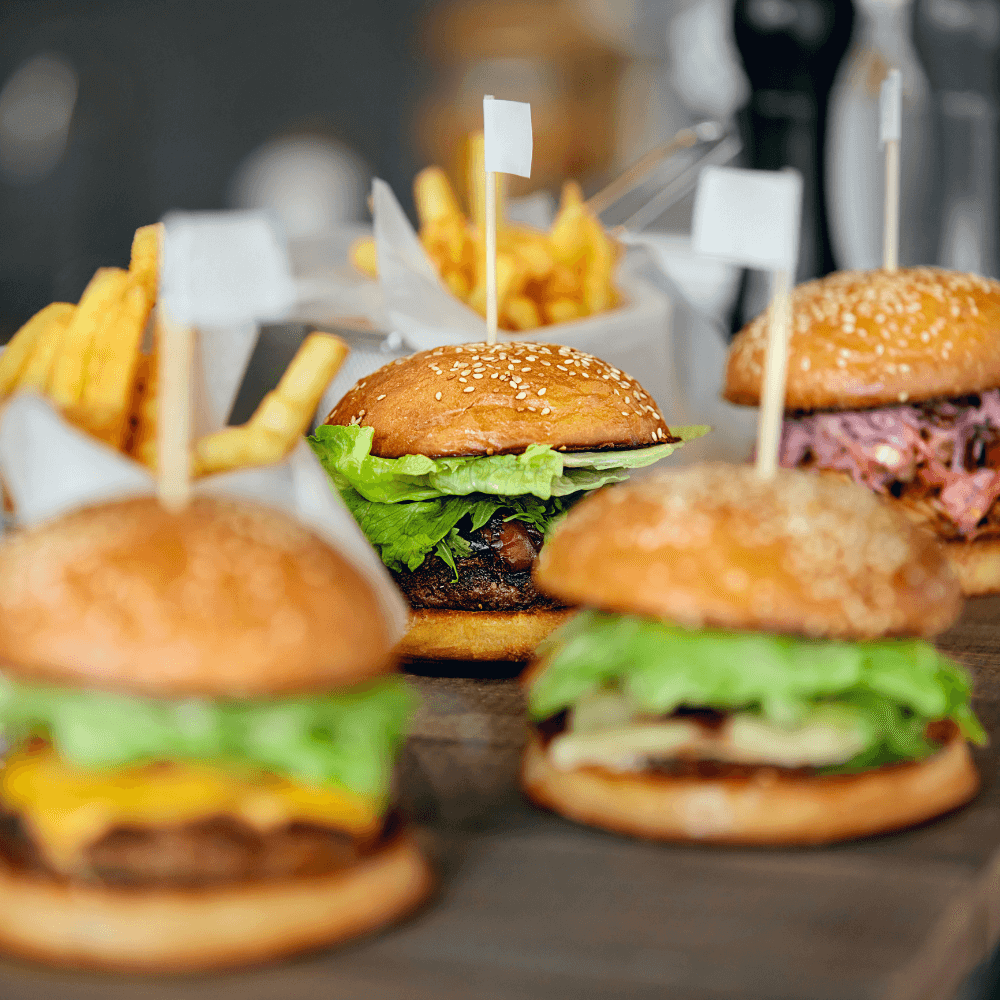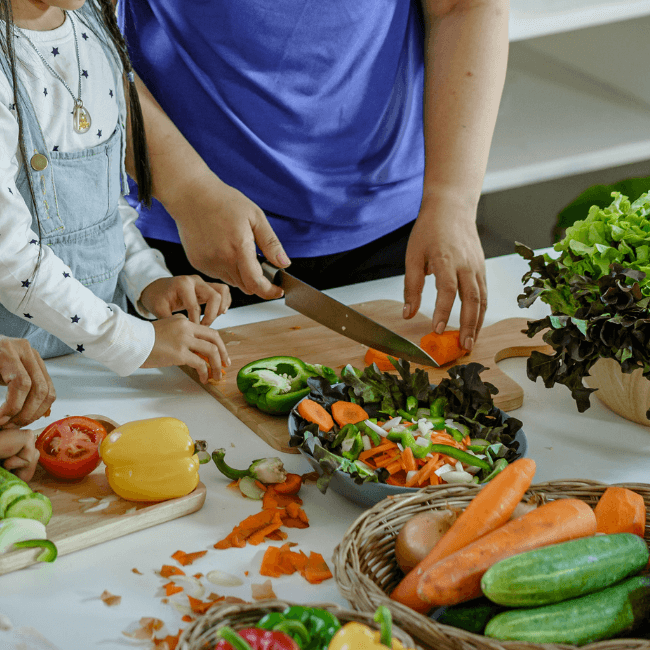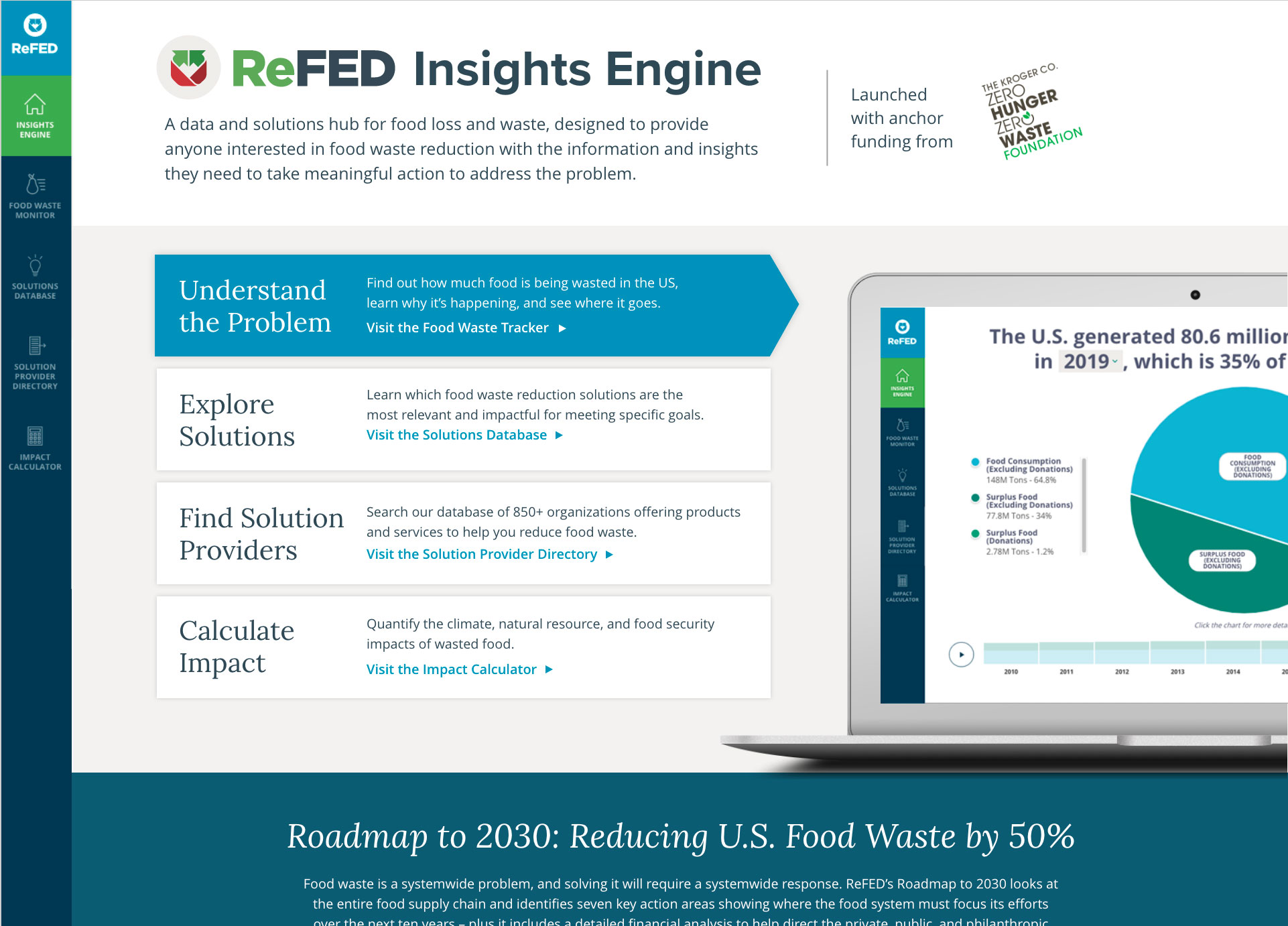The good news?
Food waste is a solvable problem – and here's how to do it.
ReFED’s new Roadmap to 2030: Reducing U.S. Food Waste outlines seven key action areas where the food system must focus its efforts over the next ten years to achieve our national and international food waste reduction goals. Powered by ReFED's Insights Engine – an online data and solutions hub offering a granular analysis of food waste by sector, state, food type, cause, and impact; a comprehensive review of more than 40 food waste reduction solutions; and much more – the Roadmap to 2030 is an indispensable blueprint for taking action.


